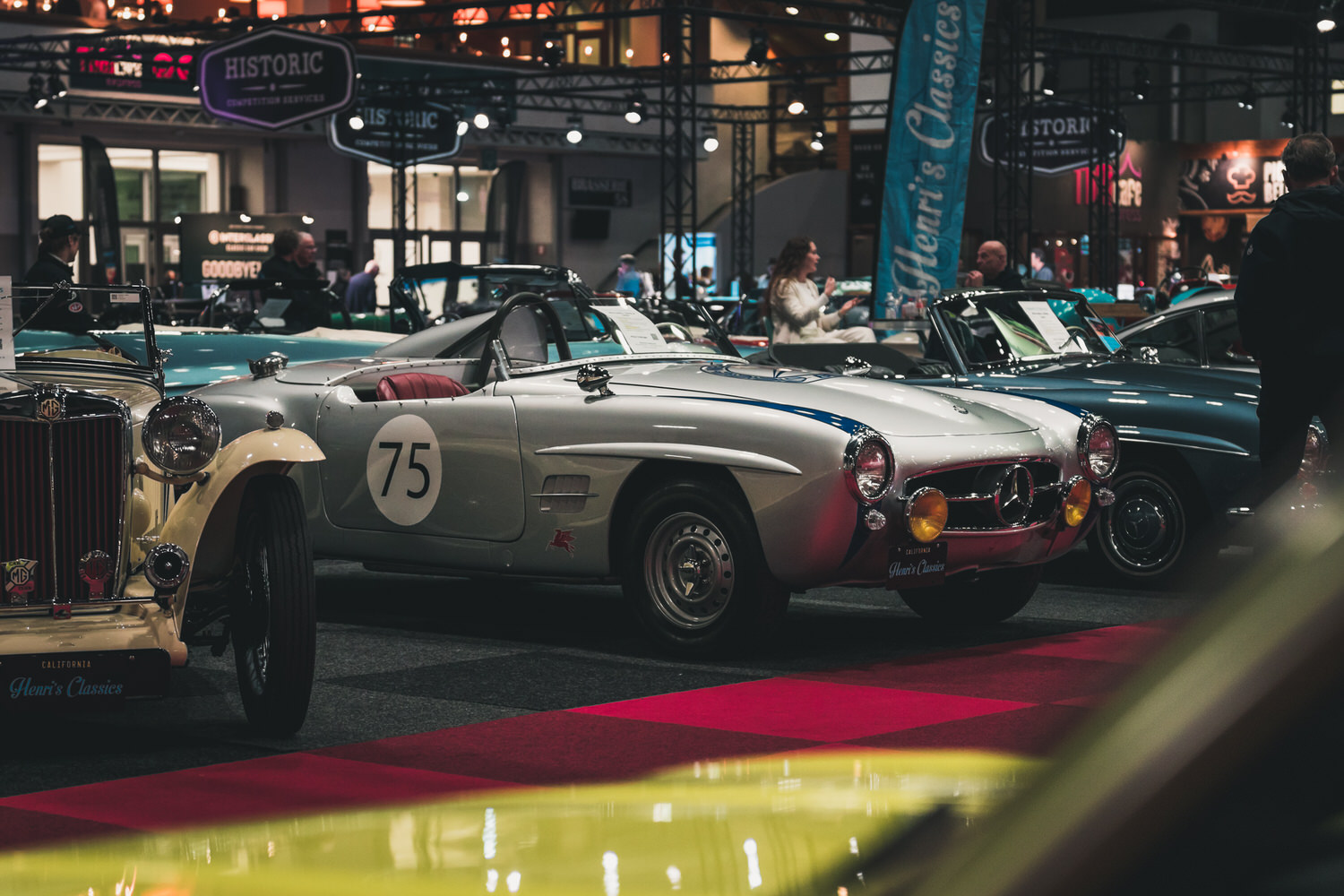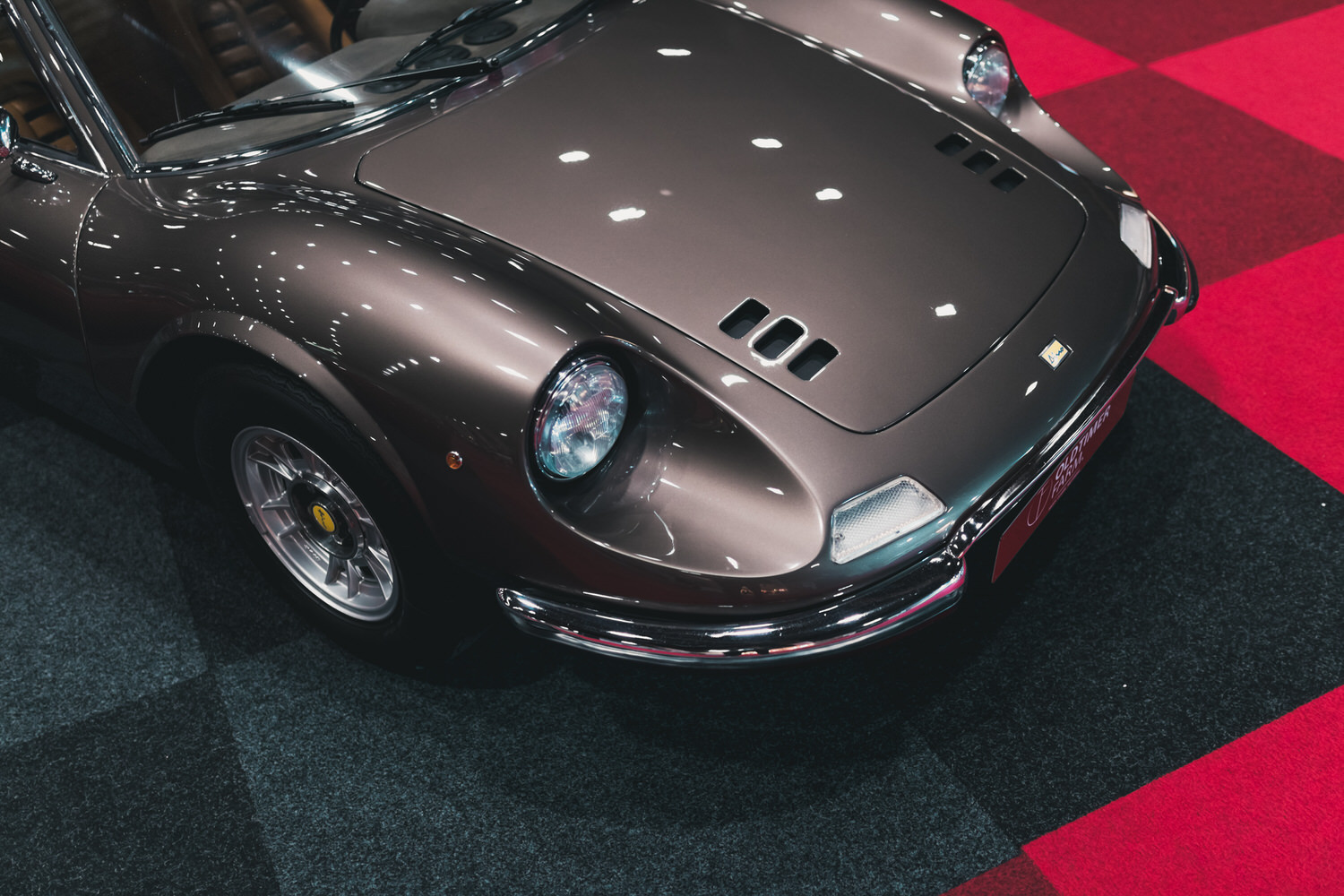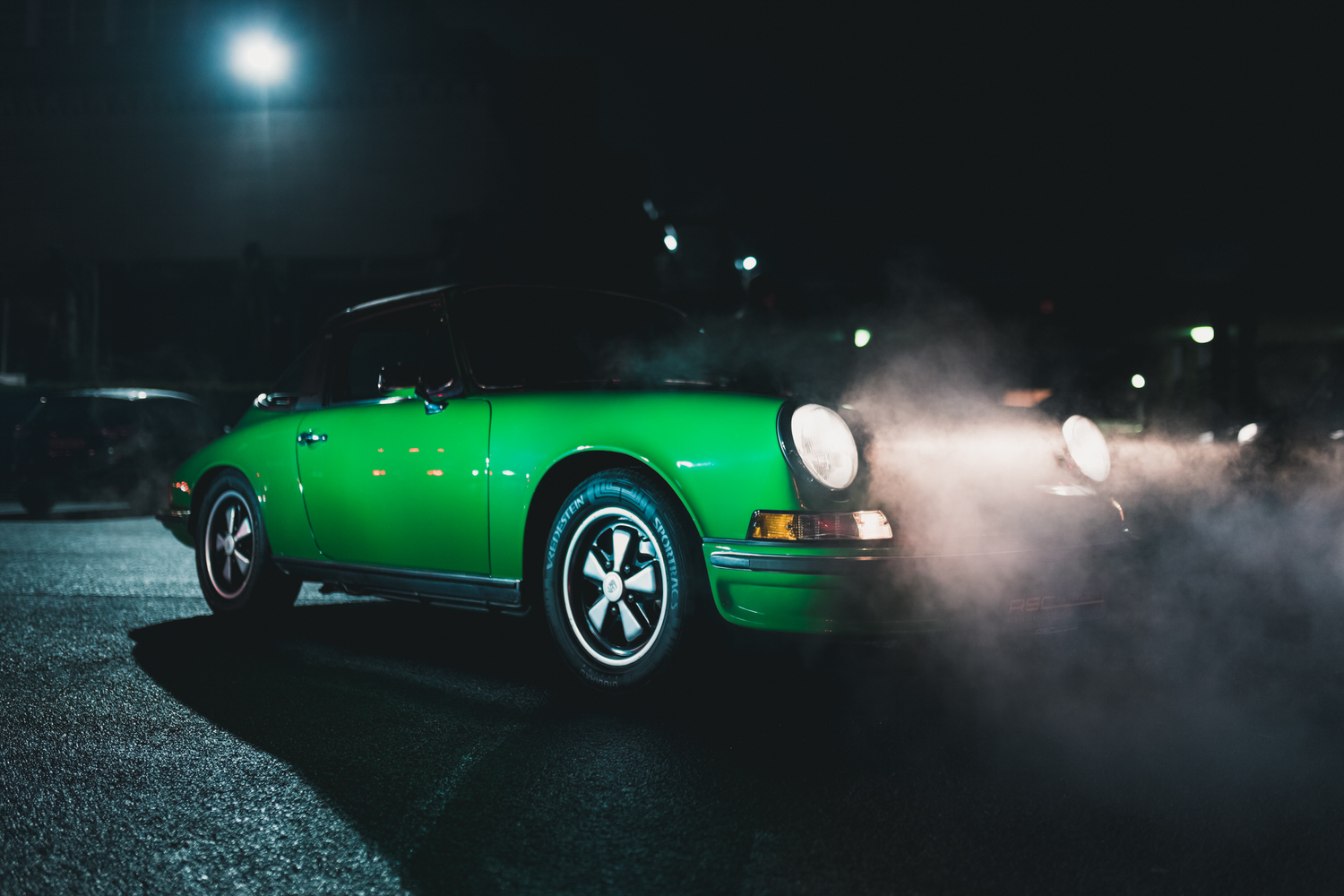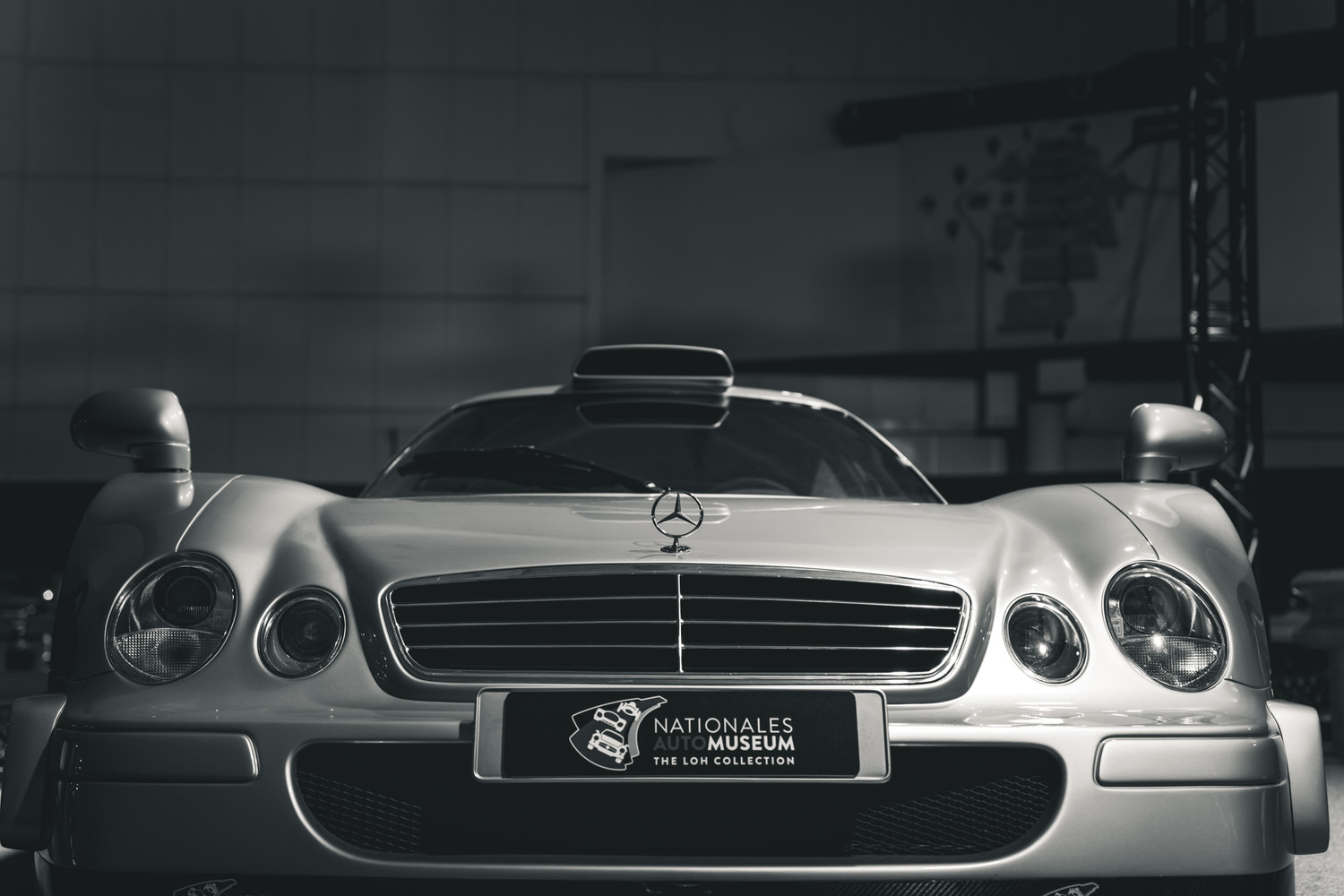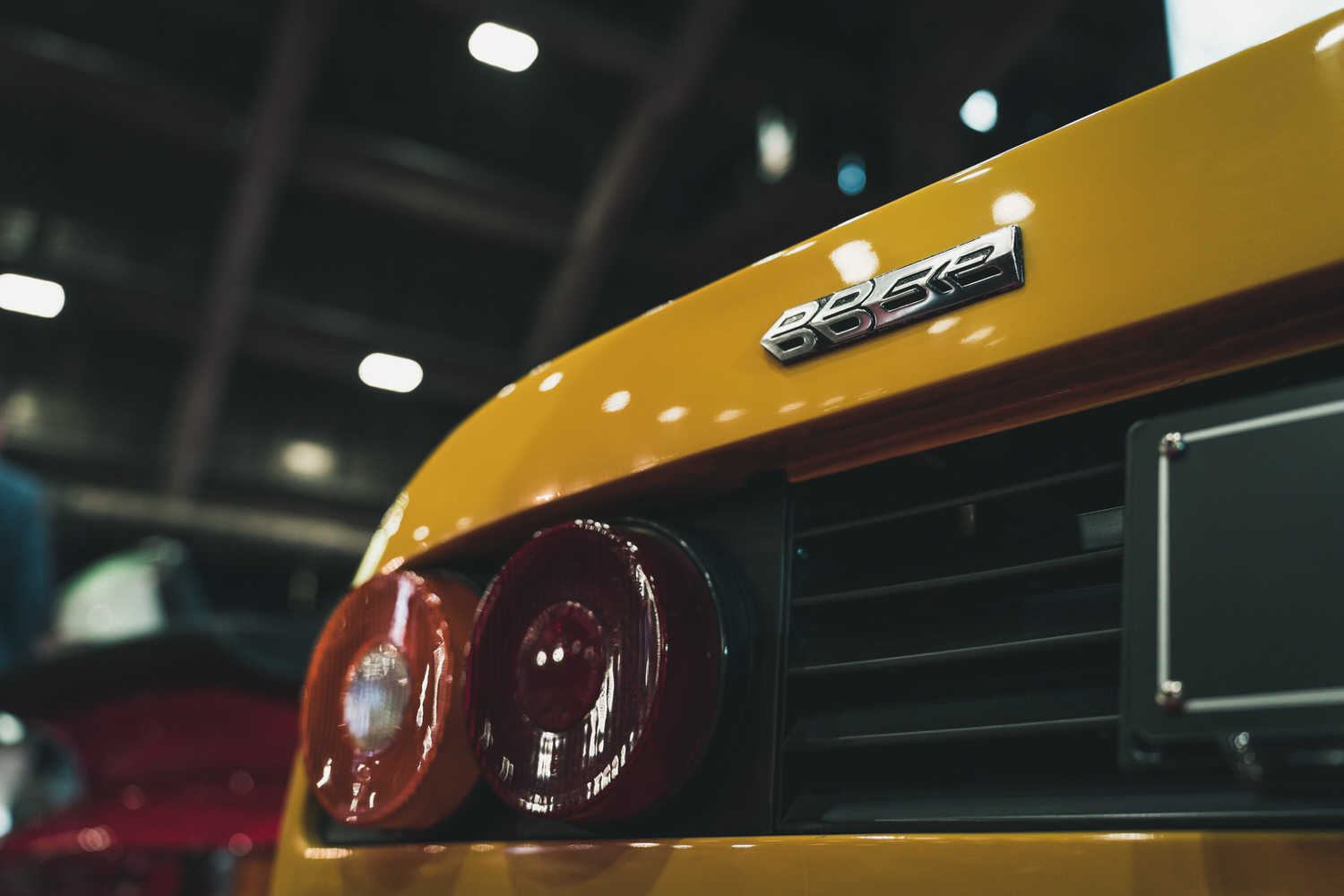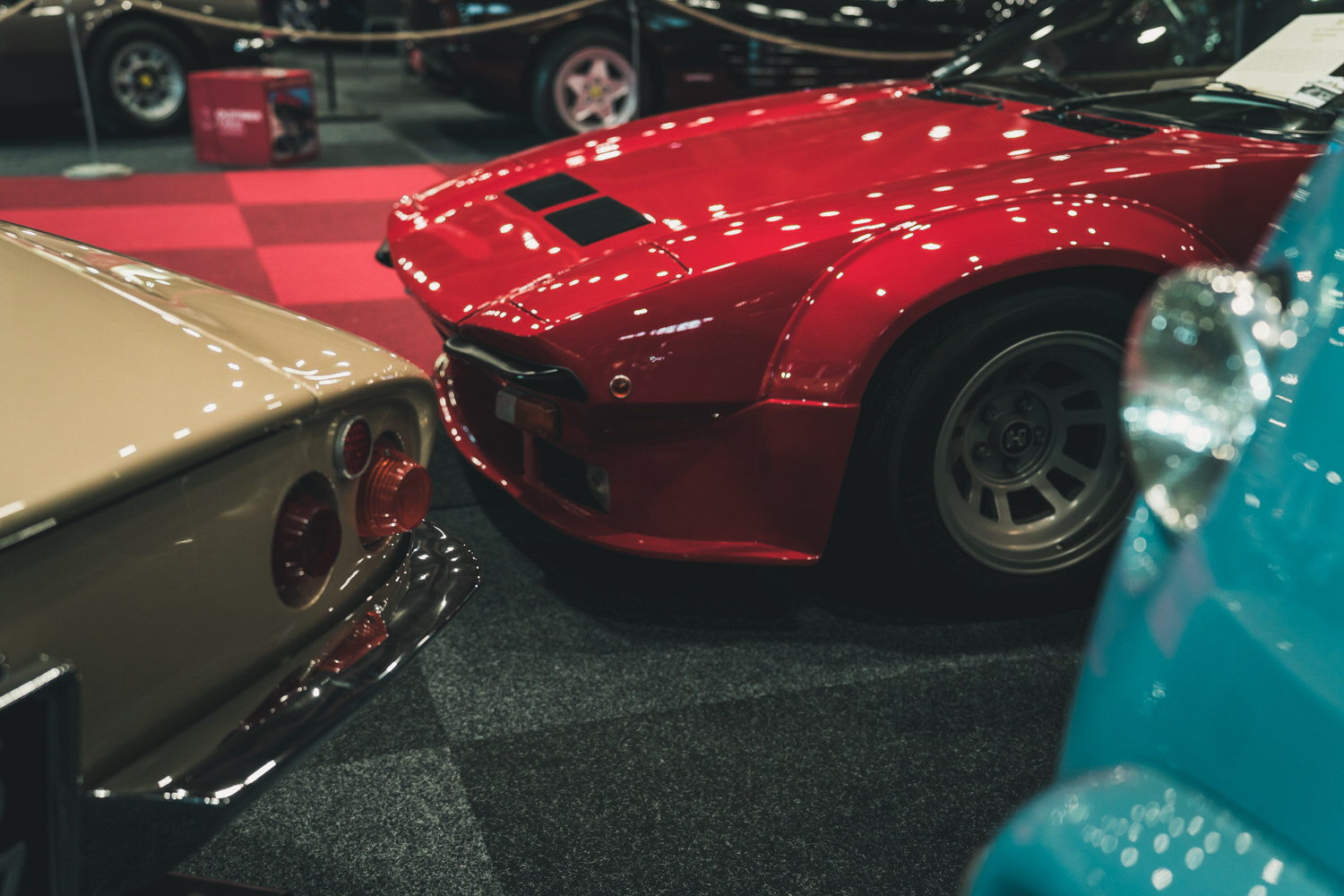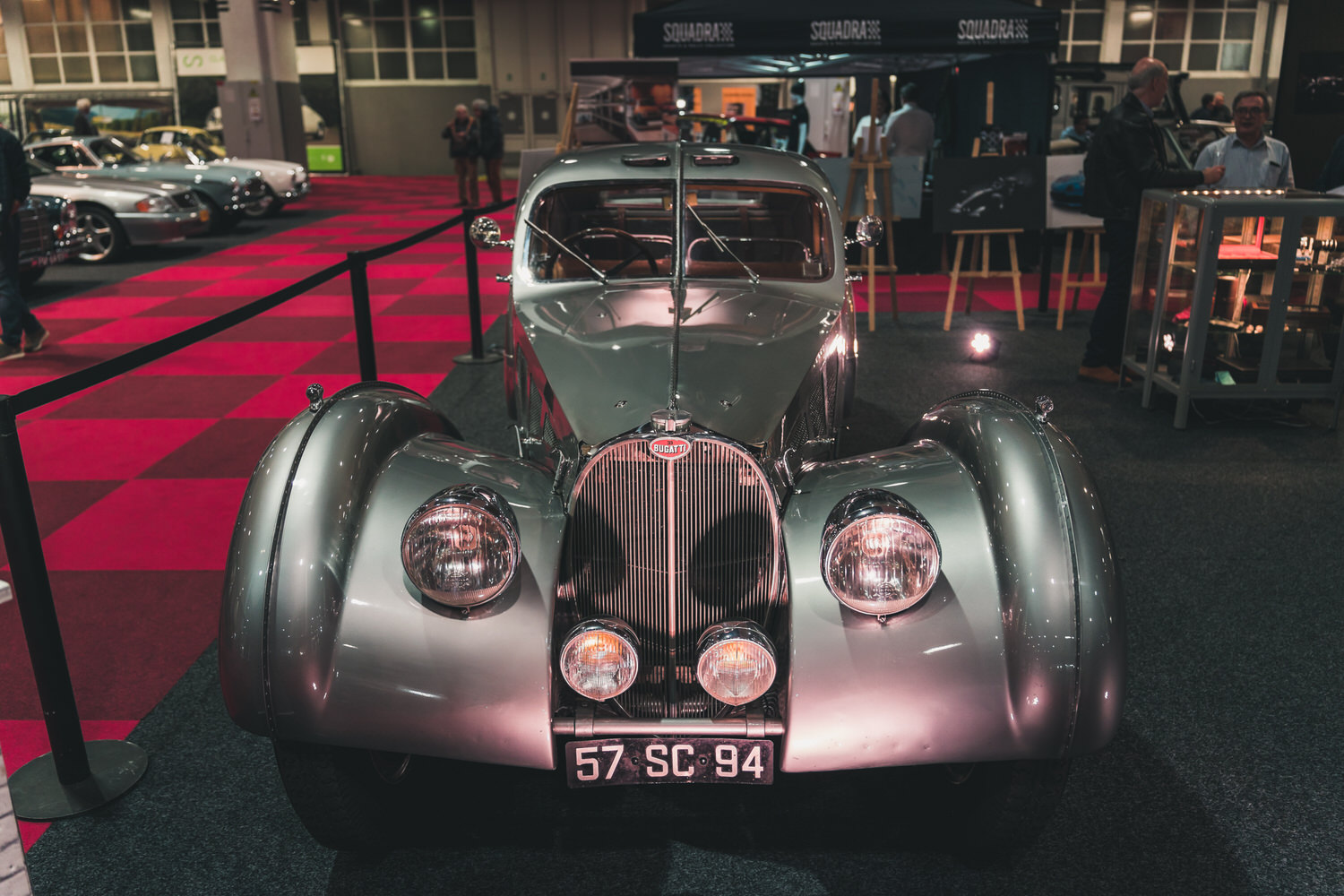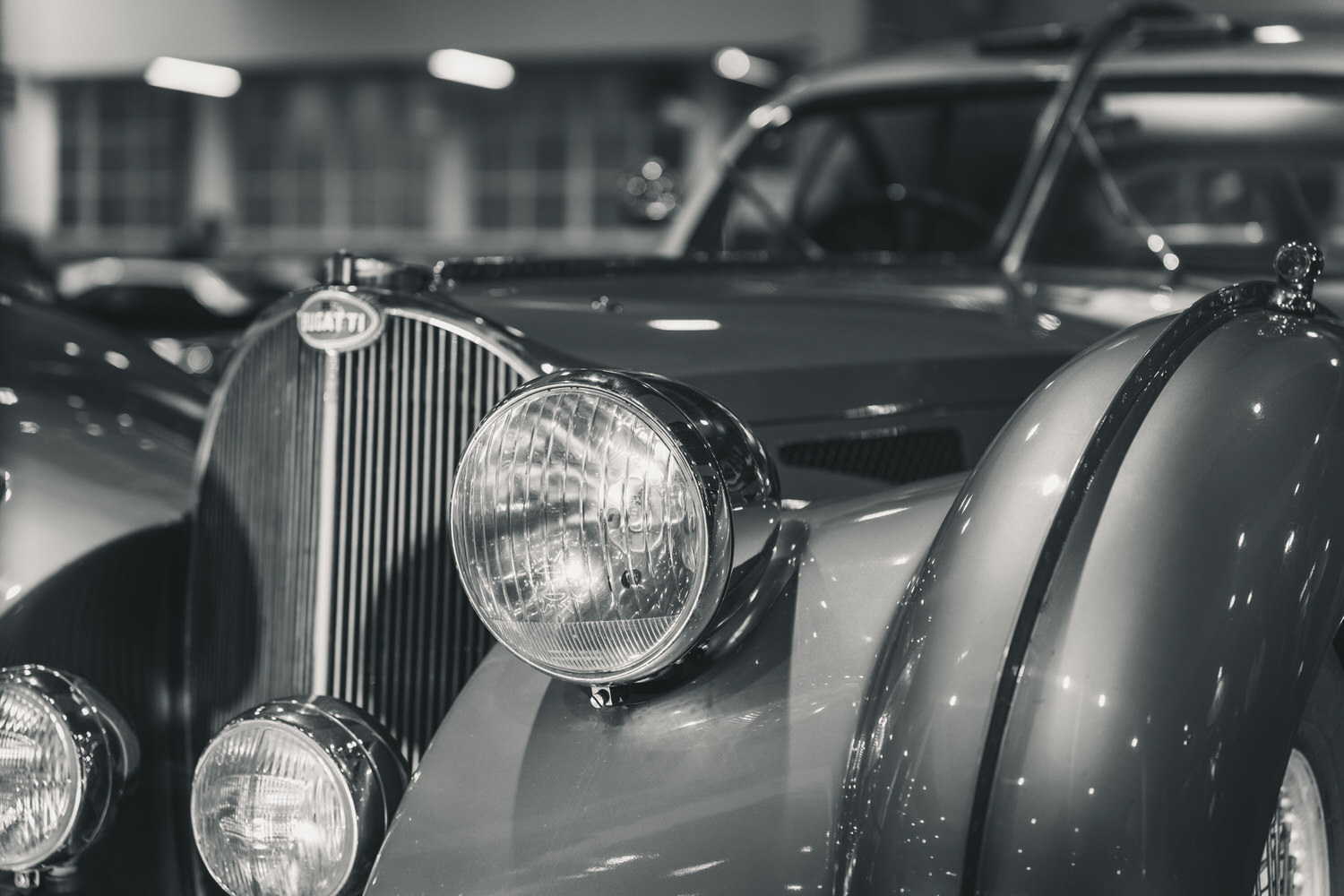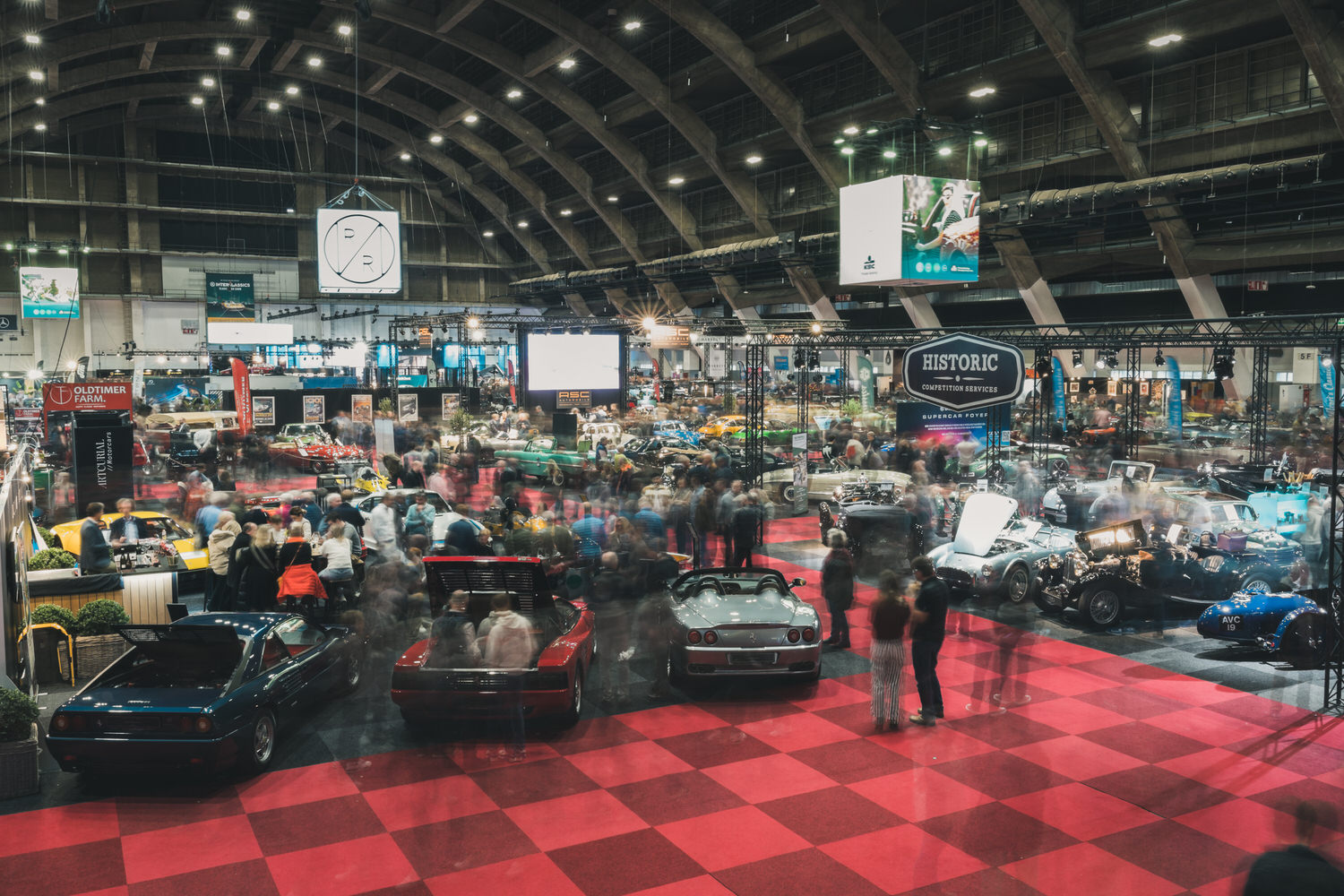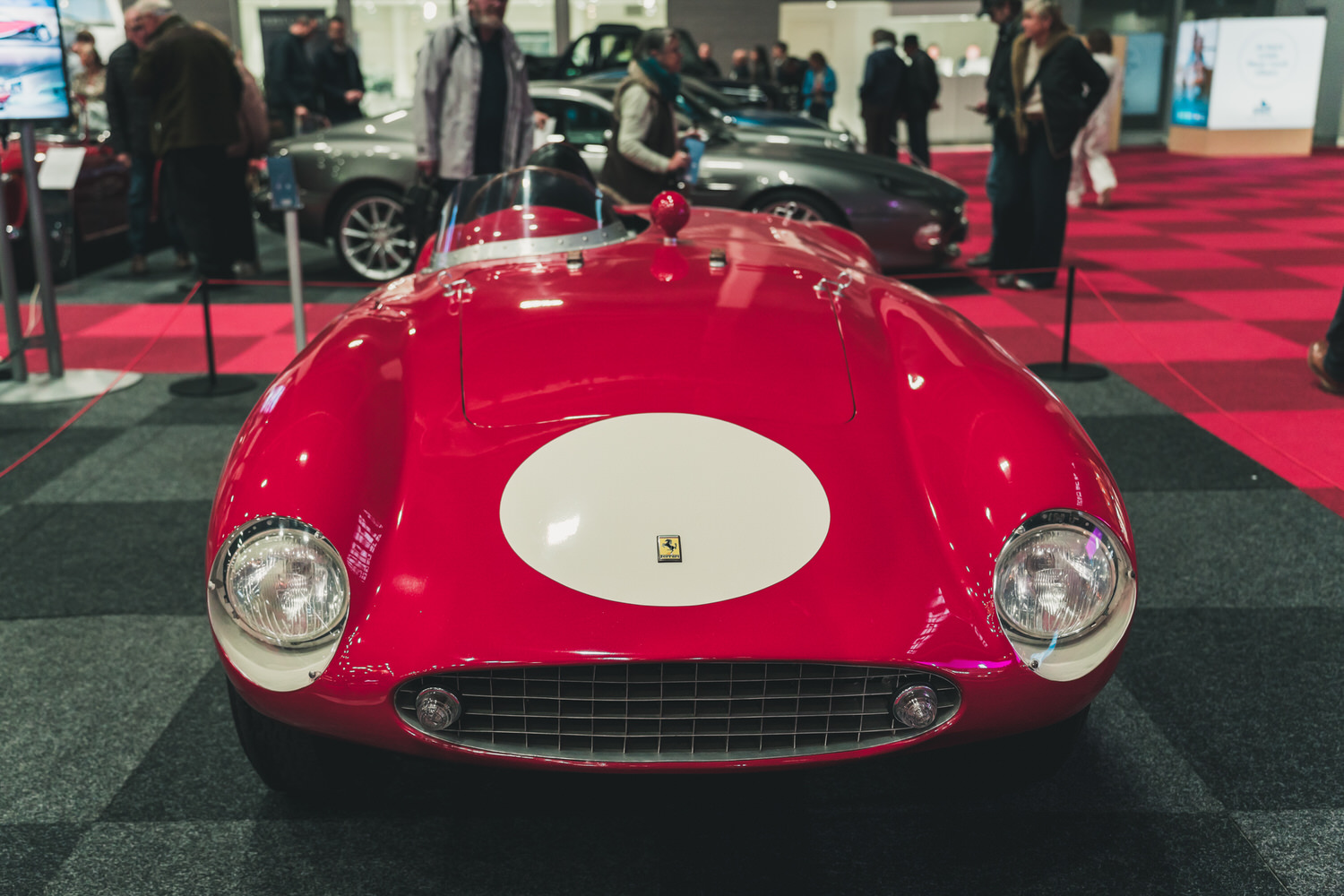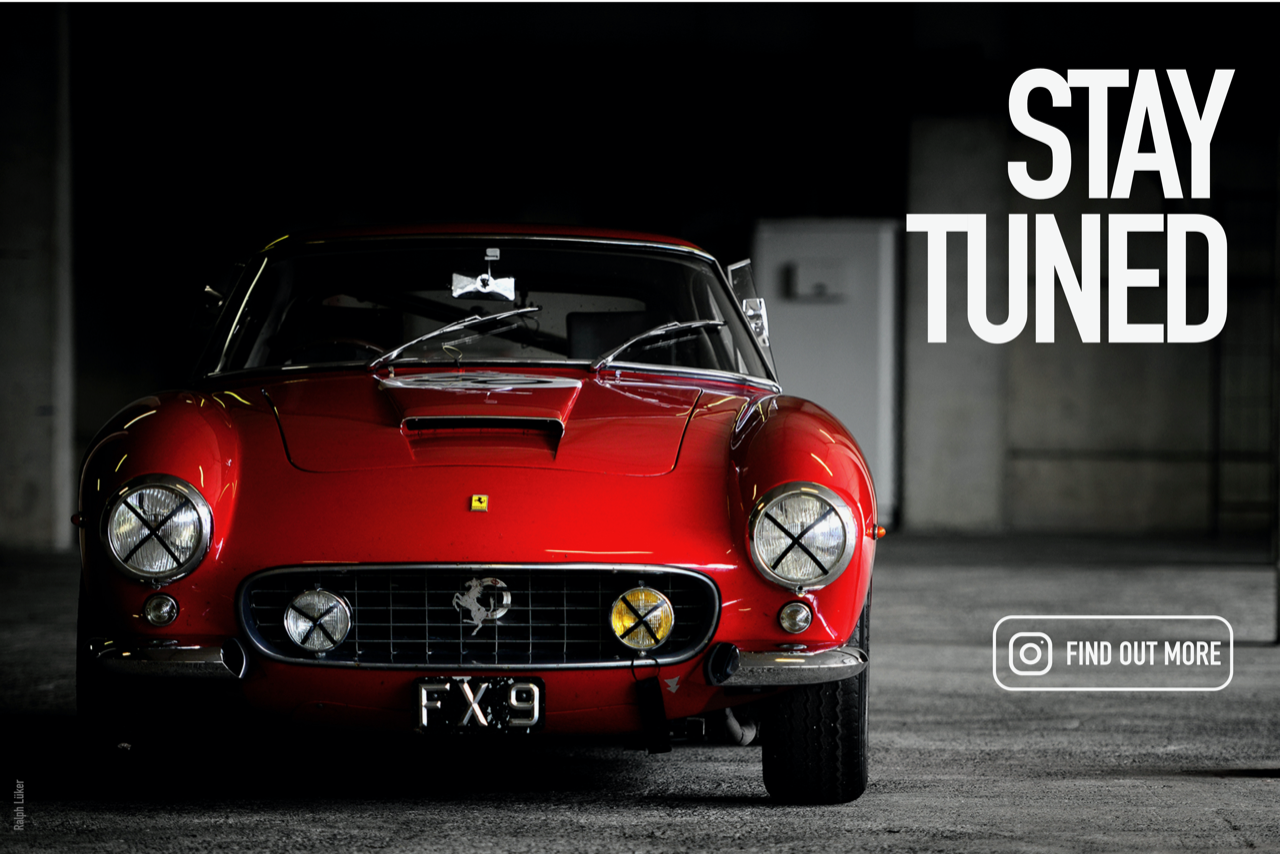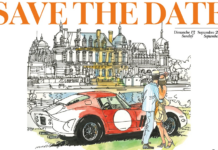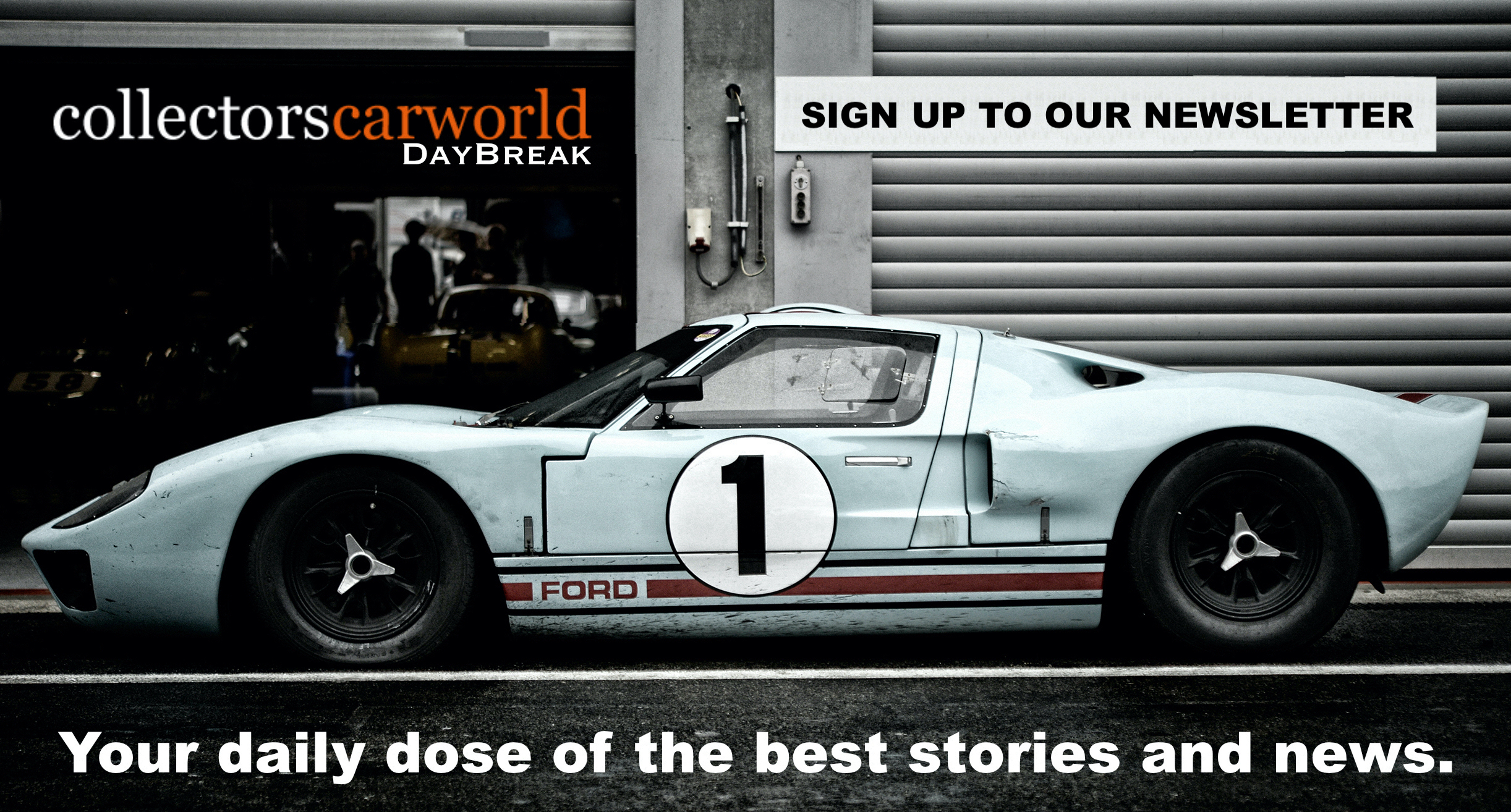A Decade of Icons, Innovation and Motorsport Heritage: The 10th anniversary edition of InterClassics Brussels, held from 14 to 16 November 2025 at Brussels Expo, marked a high point in the show’s history. With nearly 30,000 visitors, the event achieved its strongest attendance to date, reflecting both its growing prominence and the renewed energy within the classic- and collector-car world. This year’s theme, “V12 – Symphony of Speed, ” set the stage for an edition rich in heritage, engineering excellence and market relevance.

From pre-war grand tourers to modern hypercars and historic Formula 1 machines, the 2025 edition offered a curated panorama of automotive evolution. The result was a seamless blend of nostalgia and innovation — a show that celebrated its past while confidently looking ahead.
A V12 Tribute: Engineering Masterpieces Across Eras
The focal point of the exhibition was an extraordinary line-up of V12-powered icons. Rather than simply grouping cars together, the organisers created a storytelling experience: a chronological journey from early twelve-cylinder pedigree to the most advanced V12 ever built. Among the standouts was the Gordon Murray Automotive T.50, a modern engineering jewel whose 12,100 rpm Cosworth V12 places it firmly among the most significant performance cars of the century. With an estimated value around £2.8 million, it provided a striking counterpart to the historic machines surrounding it.
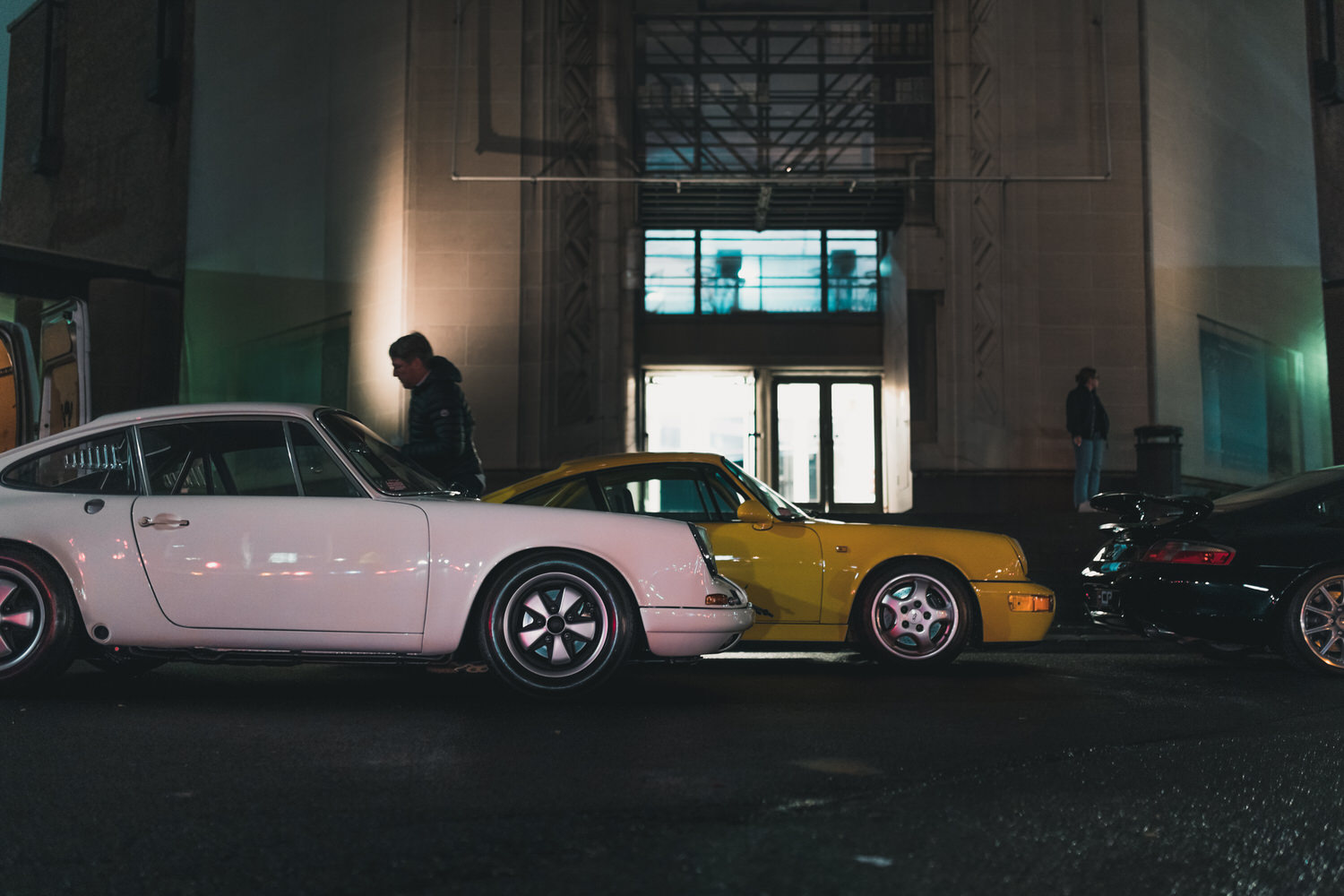
Only a few steps away, visitors found the brutal yet elegant Mercedes-Benz CLK-GTR — the V12 road-going homologation special delivered courtesy of the highly respected Loh Collection. With examples valued in the $8–10 million range, it offered a rare glimpse at a machine usually confined to private vaults. The V12 celebration continued with a beautifully restored Ferrari 365 GTS/4 Daytona, a car whose cross-continental racing spirit and rarity place it at the top of collector wish-lists. With market values hovering around $2.8 million, its presence underscored the event’s curatorial ambition. Nearby, a Bugatti EB110 — now regularly cresting $3 million — showcased the early-1990s hypercar era, while a Lamborghini Miura P400 reminded visitors why the V12 became synonymous with the supercar identity.


The oldest twelve-cylinder representative, a 1939 Lagonda V12 Works Team Car, anchored the timeline with pre-war craftsmanship and competition lineage. Together, this display produced one of the most diverse and valuable V12 gatherings ever hosted in the Benelux region.
Motorsport Energy: Caira’s Celebration of 75 Years of Formula 1
Complementing the V12 theme was one of the event’s undeniable highlights: Officina Caira’s celebration of 75 years of Formula 1. Their stand immersed visitors in a living timeline of the sport’s evolution and earned them the distinction of Best Stand of the Event.
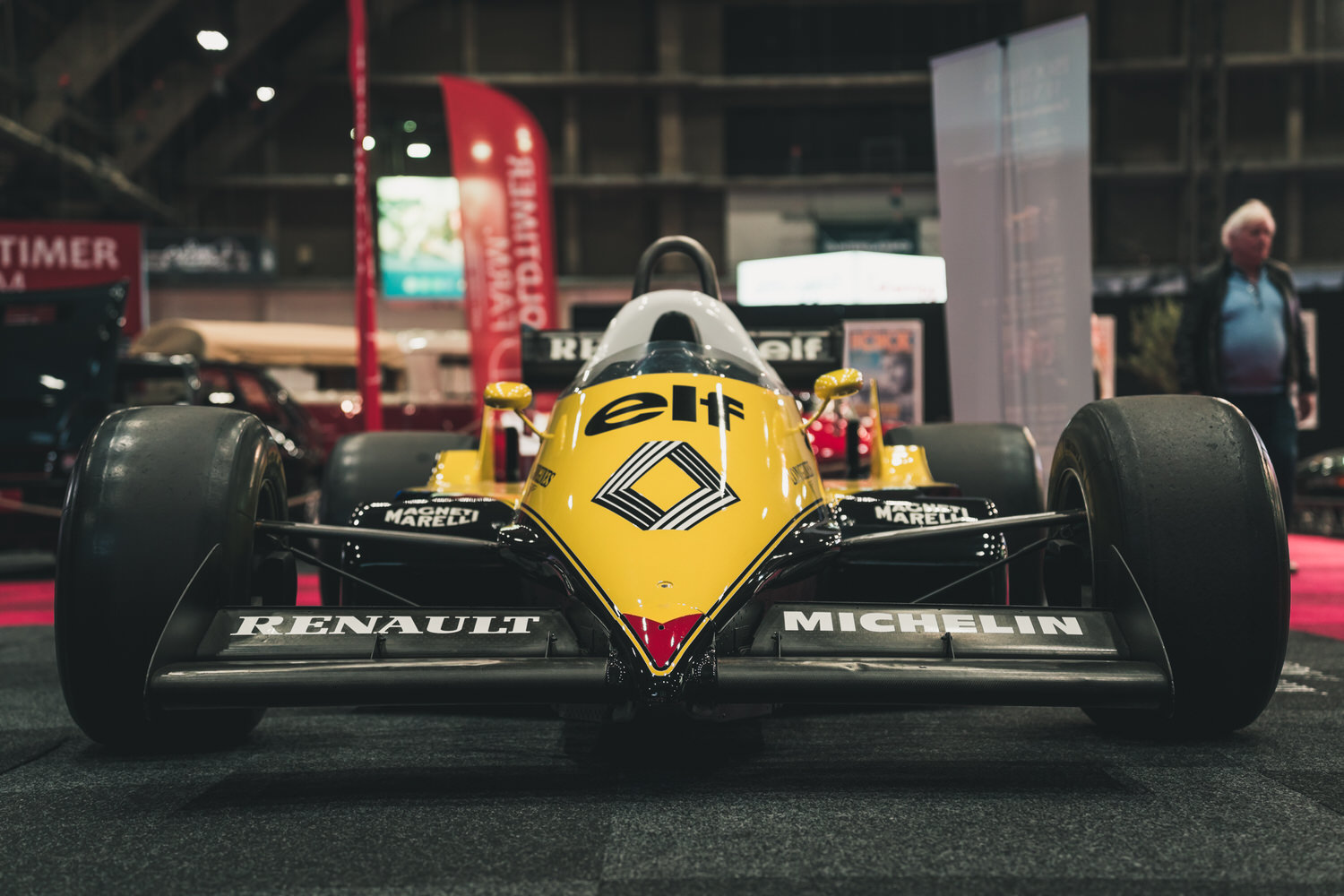
Caira’s selection ranged from evocative early-era machines to contemporary single-seaters. Among the notable examples, an Aston Martin DBR4 evoked the early decades of the World Championship, a time when innovation often outpaced stability. While not the most modern one on display, at the other end of the timeline, a Williams FW33-02 represented the more modern-era engineering, aerodynamics and data-driven design. Together, the stand offered a visual and emotional arc of Formula 1’s remarkable 75-year journey — and proved why Belgium remains a key player in the preservation of motorsport history.

Their display added a powerful counterpoint to the V12 exhibition: where the road cars conveyed refinement and grand touring glamour, Caira’s F1 machines embodied pure competition, bravery and the relentless pursuit of speed.
A Confident Market and an Engaged Public
This anniversary edition was not only visually impressive — it carried a clear market message. Many exhibitors reported immediate sales, particularly on Preview Day, echoing sentiments of renewed confidence among collectors. The number of high-value cars on display further reflected a market where rarity, provenance and engineering significance drive sustained interest. Quotes from dealers reinforced this sentiment.
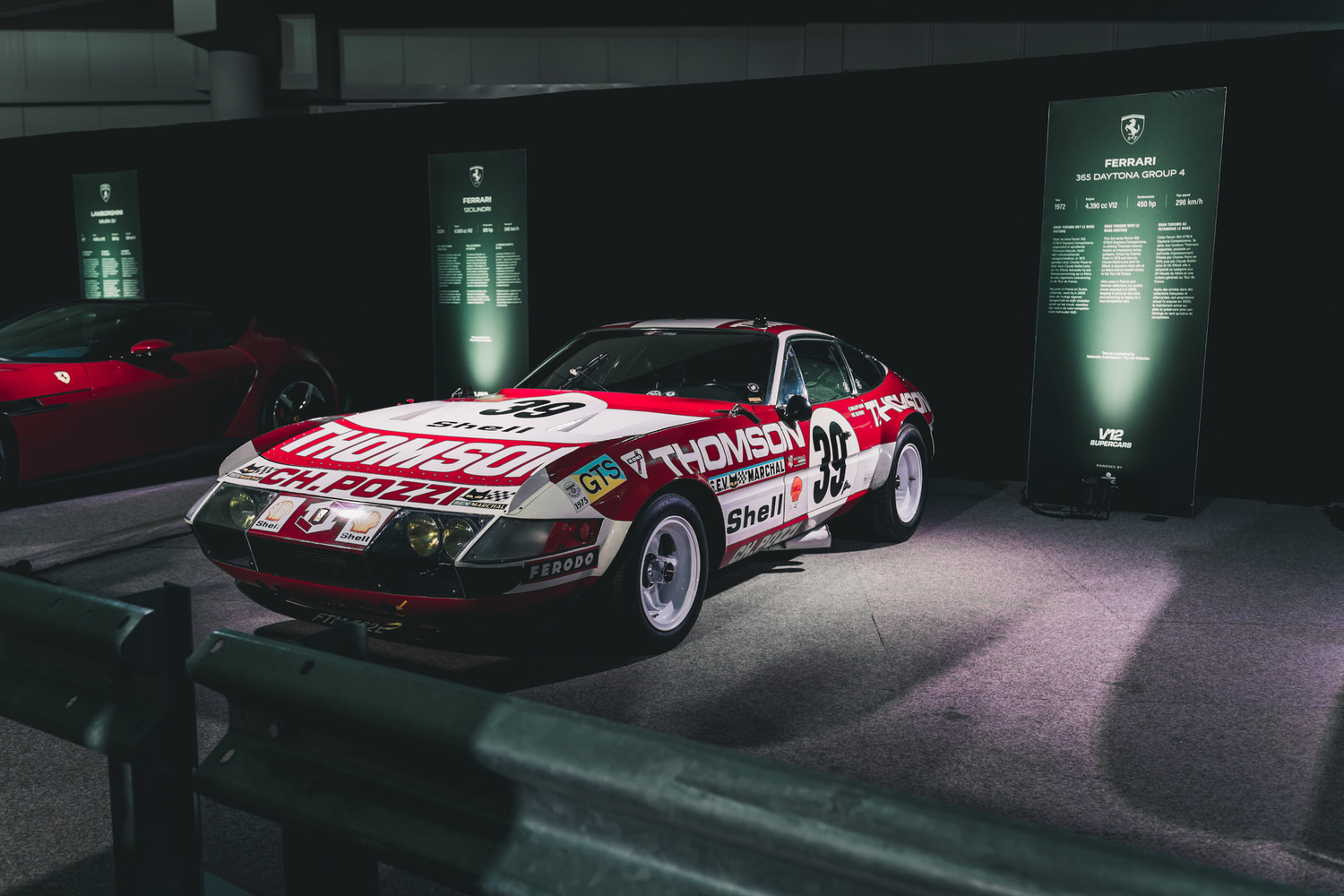
Ruben Bosch of Marreyt Classics observed:
“InterClassics dares to step outside the traditional comfort zone. It’s clear the public is hungry for this type of curation.”
Arthur Teerlynck of Colombo & Co added:
“The quality of cars keeps improving. Some visitors came specifically to see the Toyota 2000 GT — that says a lot about how targeted and knowledgeable the audience has become.”

Such comments highlight a crucial point: today’s enthusiasts aren’t simply browsing; they are intentional, well-informed and increasingly drawn to vehicles with strong narratives.

Culture, Craft and the Belgian Community
Beyond the headline attractions, the event also celebrated the ecosystem that keeps classic and performance cars alive. The BEHVA Club Village brought together an impressive number of Belgian historic-vehicle clubs, each contributing a piece of national automotive identity. The technical zones, where craftsmen demonstrated metal shaping, upholstery and restoration techniques, added a hands-on dimension that connected visitors to the human skill behind the machines.
Meanwhile, the thriving automobilia market — with posters, signs, vintage racing apparel, artwork, scale models, live artists at work and period literature — emphasised how the culture surrounding cars is as collectible as the vehicles themselves. For many attendees, these items represented the bridge between passion and daily life.
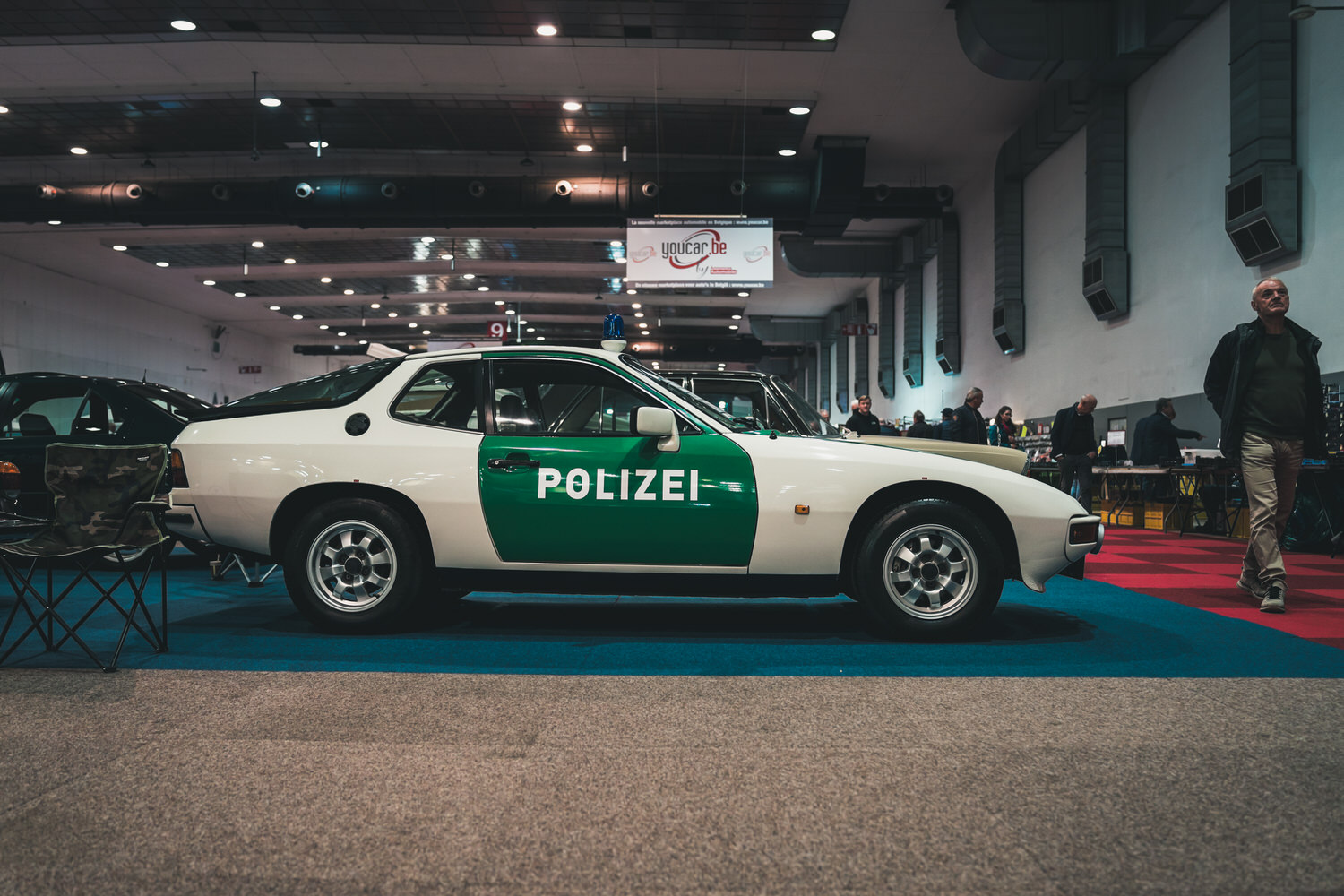
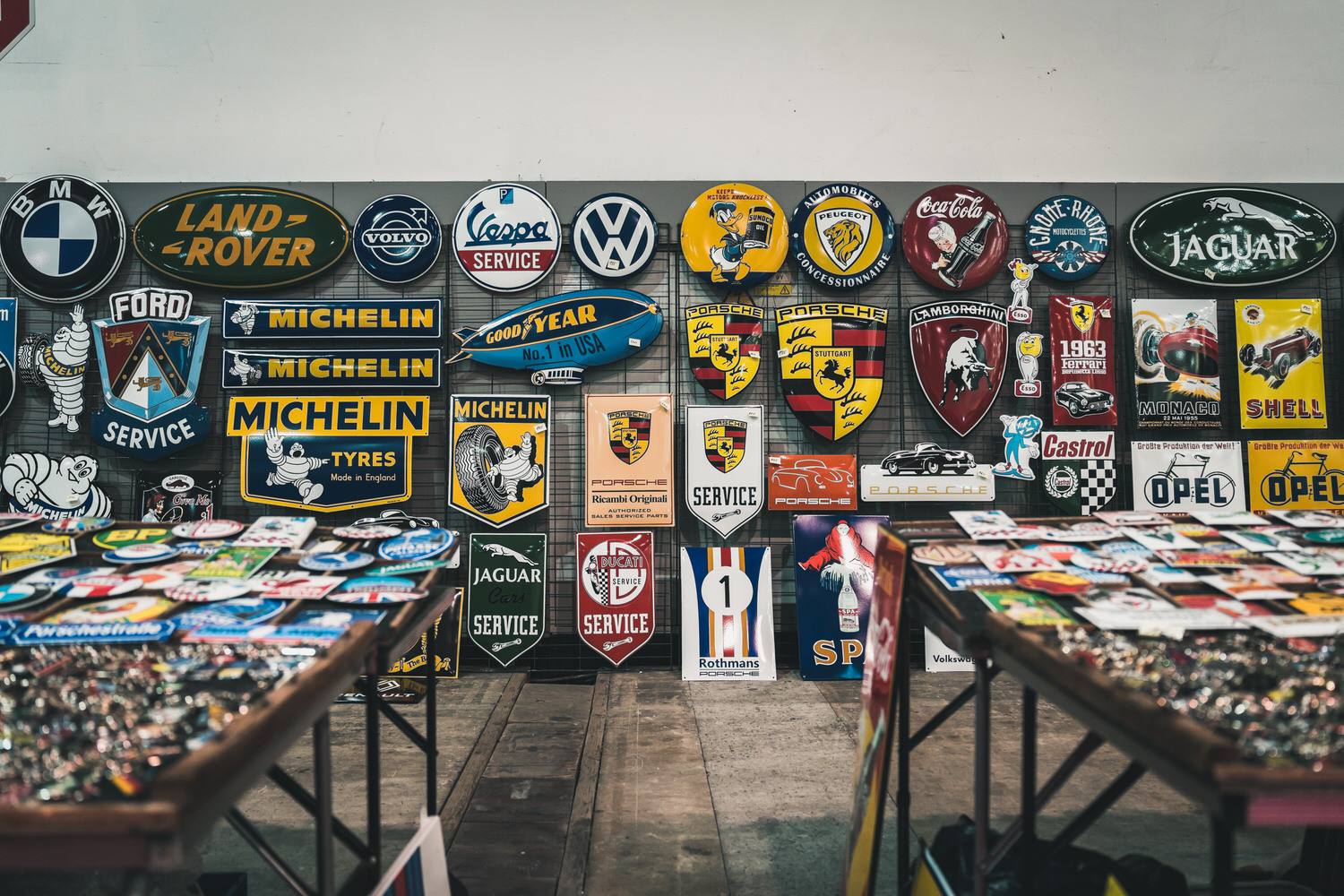
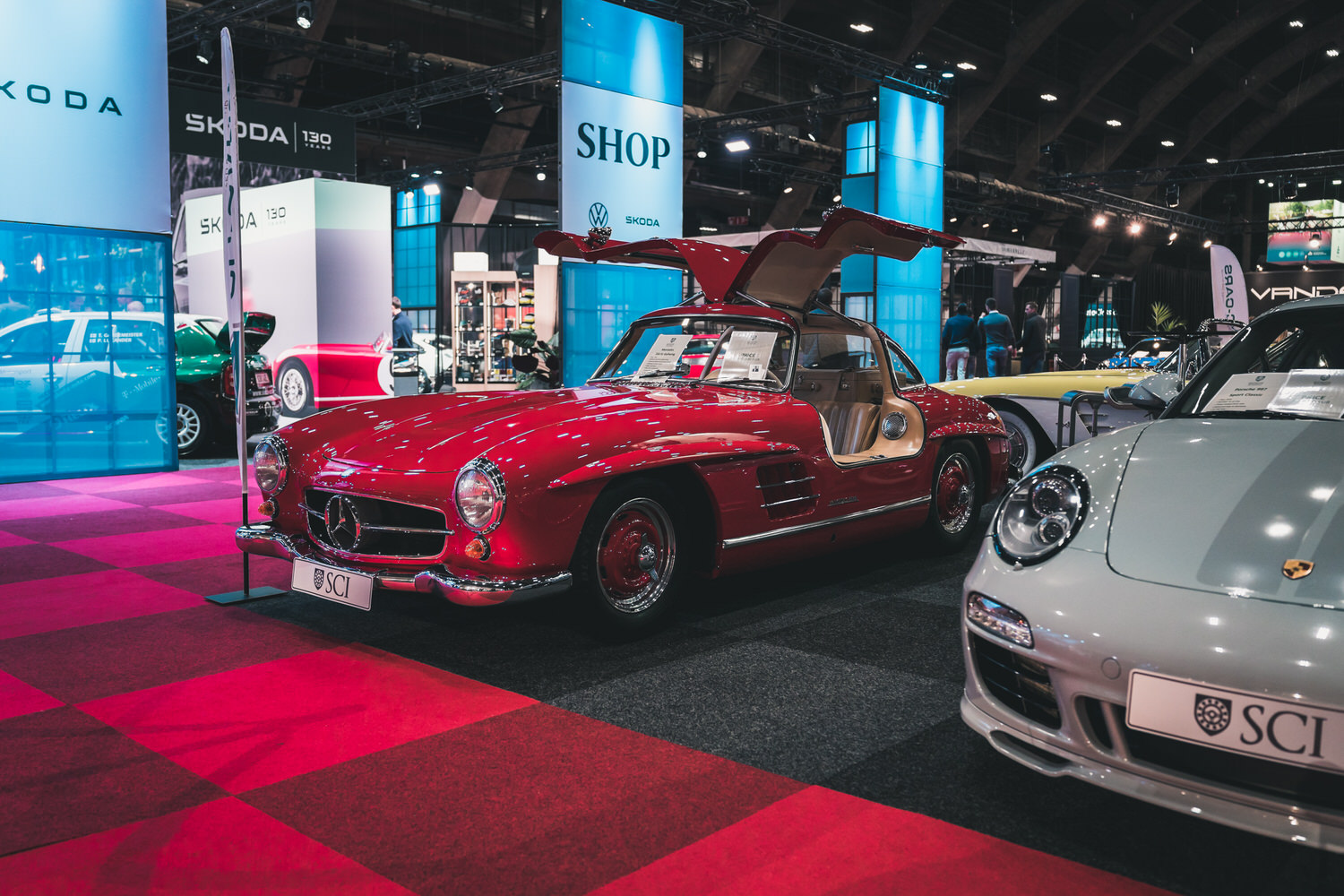
A Benchmark for the Decade Ahead
InterClassics Brussels 2025 succeeded on multiple fronts: as an anniversary celebration, as a major European gathering for collectors, and as a cultural showcase for motorsport heritage. By uniting V12 icons worth tens of millions with F1 legends spanning 75 years of racing, the event created a rare equilibrium between luxury and adrenaline, elegance and performance.
Most importantly, it set a compelling direction for the future. As electrification reshapes the automotive world, events like InterClassics remind us why the emotional, mechanical and historical dimensions of motoring remain irreplaceable. The 2025 edition wasn’t just a retrospective — it was a reminder of why passion endures.
For collectors, enthusiasts and professionals alike, InterClassics Brussels has entered its second decade not just stronger, but more essential than ever.
